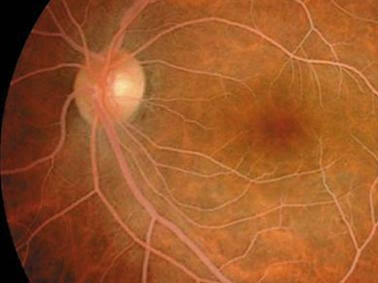What is Sudden Hearing Loss?Sudden hearing loss (SHL) is defined as
greater than 30 dB hearing reduction, over at least three contiguous frequencies, occurring over a period of 72 hours or less. Some patients describe that the hearing loss was noticed instantaneously in the morning and others report that it rapidly developed over a period of hours or days. The severity of the hearing loss however varies from one patient to another and only one ear is usually affected. There have been some reports of involvement of both ears with SHL.
Tinnitus is usually reported in patients with SHL loss and
vertigo can be present in 40% of cases. The incidence of SHL has been reported to be 5-20 per 100,000 person per year and accounts for 1% of all sensorineural hearing loss cases. Males are equally affected as females. The average age at onset is reported to be 46 to 49 years with increasing incidence with age.
What Causes Sudden Hearing Loss?
There are many causes for sudden hearing loss which include infectious, circulatory, inner ear problems like meniere’s disease, neoplastic, traumatic, metabolic, neurologic, immunologic, toxic, cochlear, idiopathic (unknown cause) and other causes. Unfortunately, even after a thorough search for a possible pathology, the cause of sudden hearing loss remains unknown in most patients.
How is Sudden Hearing Loss Diagnosed?Evaluation usually begins with a careful history and physical examintion looking for potential infectious causes such as otitis media, systemic diseases and exposure to known ototoxic medications. In essence, SHL is diagnosed by documenting a recent decline in hearing. This generally requires an audiogram. Blood studies are usually performed in an attempt to rule potentially systemic causes of SHL including syphilis, Lyme disease, metabolic, autoimmune, and circulatory disorders. Magnetic resonance imaging (MRI) of the brain is recommended to rule out an acoustic neuroma which is reported to be existent up to 15% of patients with sudden hearing loss.
How is Sudden Hearing Loss Treated?
Due to the lack of a definite cause of sudden hearing loss, its treatment has been controversial. Over the years, this has included
systemic steroids, antiviral medications, vasodilators, carbogen therapy either (alone or in combination) or no treatment at all. The no treatment option was based on the high reported rate of spontaneous recovery up to two third of cases.




















